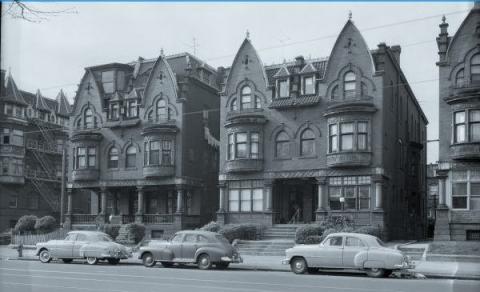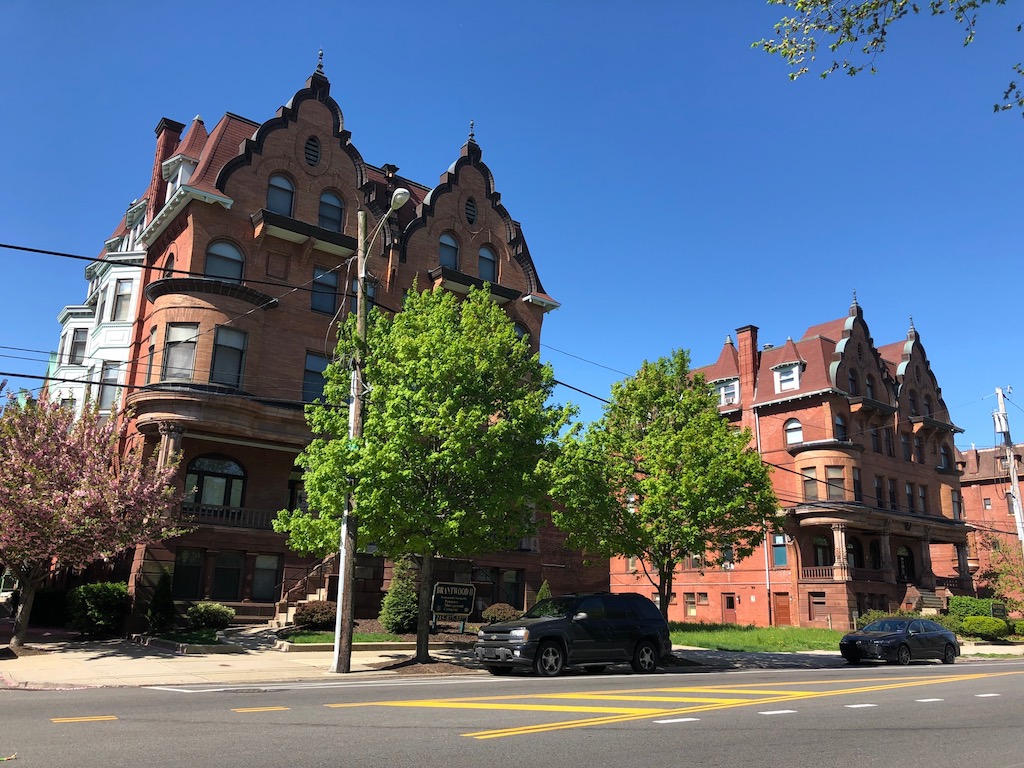Parkside in Philadelphia
Parkside, located in West Philadelphia, is a gem that has been polished by time and history. The area was transformed by the 1876 Centennial Exposition, Parkside has since evolved into a neighborhood rich in culture and diversity. This article aims to provide an in-depth look into the history and notable features of Parkside, shedding light on the architecture, cultural shifts, and the continuous evolution of this unique neighborhood.
The Birth of Parkside
Parkside’s history can be traced back to the 1876 Centennial Exposition, a world’s fair held in Philadelphia to celebrate the 100th anniversary of the United States Declaration of Independence. This exposition was the first of its kind in the US and brought with it a flurry of development, including the creation of the Parkside neighborhood.
The Centennial Exposition was held in West Fairmount Park, which now borders the neighborhood. At the time, the area surrounding the exposition grounds remained largely undeveloped. However, the extension of trolley lines in 1895 from the former fairgrounds to Center City and other areas opened up opportunities for housing development.
The Victorian Architecture of Parkside

The neighborhood was primarily built during the 1876 Centennial Exposition period. The architecture in the area is predominantly Victorian, with many structures remaining in varying states of preservation and dilapidation today.
The initial development of Parkside was spearheaded by Frederick A. Poth, a German-born immigrant who made his fortune in brewing beer. He had operated one of the Exposition’s sanctioned beer gardens, and used his wealth to build elegant twin houses on Parkside Avenue for affluent business owners, industry executives, and professionals.
A Shifting Cultural Landscape
Over the years, the demographic makeup of Parkside has seen significant shifts. Around 1900, many of the residents were German Americans, drawn to the area by the allure of the green spaces that once hosted the Centennial Exposition. By the 1920s, the neighborhood was predominantly inhabited by Jewish immigrants of Russian descent, signifying upward mobility from the cramped rowhouses in South Philadelphia.
However, the Great Depression of the 1930s hit the neighborhood hard, leading to the decline of many Victorian houses as they were divided into apartments and rooming houses. Following World War II, the Great Migration and ‘white flight’ transformed Parkside into a predominantly African-American neighborhood.
The Renaissance of Parkside
Despite the challenges, the neighborhood has seen several developments aimed at revitalization. In 1983, the neighborhood was listed on the National Register of Historic Places, a move that has helped to protect and preserve its historic architecture. Over the years, community organizations have renovated many of the Victorian mansions along Parkside Avenue into affordable apartments.
The return of the trolley lines in 2005 and the opening of the Please Touch Museum in 2009 have given the neighborhood a commercial boost, aiding in its ongoing revitalization.
The Parkside Neighborhood Today
Today, the area stands as a testament to the resilience and adaptability of a community. The Victorian houses that line Parkside Avenue, once symbols of affluence, and later of urban decay, have found new life as affordable housing. The neighborhood’s proximity to the verdant spaces of the former Centennial Exposition grounds continues to attract residents and visitors alike.
Through each era of its history, Parkside has emerged stronger, continually reinventing itself while holding onto its rich past. Today, its Victorian houses stand as monuments to its history, and its vibrant, diverse community is a testament to its resilience. Parkside, Philadelphia, is truly a neighborhood that arose after the fair and continues to evolve and thrive.
